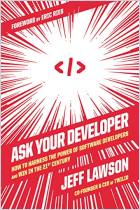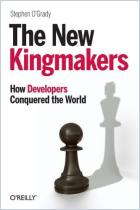If you’re not a professional programmer but you’ve ever used a computer, this article is for you – seriously. You will learn what code is, what software is, how apps get written, and what different programming languages do and why they matter. Plus you’ll get details about other technical issues. Along the way, Bloomberg Businessweek reporter Paul Ford explains the culture and some of the psychology of programming. This delightfully animated article is essential for anyone not in the programming field who uses computers. getAbstract recommends it to everyone interested in learning more about programming, its culture and its principles.
Programming from A to Z
More than one million people are professional software developers and another seven million develop software as a hobby. Though they live all over the world, this would be about the same population as the greater Los Angeles area. You might think of developers as living in different neighborhoods: Some write programs for Macs, some for televisions, and so forth. But just what are they all doing? Determining the answer means thinking about an almost philosophical question: What is code? First, you must consider what a computer itself is. Computers use basic math to work through instructions one step at a time. You can do what computers do. They just do it a lot faster – “billions of times per second.” Add up those many tiny actions, and you can raise elevators or guide missiles. However, computers do have limits. A lot of programming involves making computers’ finite capacities seem infinite.
While many people have tried to make it easier for people to write software, the world still needs programmers. They are a “professional class” practicing a useful craft. Most programmers aren’t working on something like Microsoft Word, which everyone recognizes...



















Comment on this summary or 开始讨论